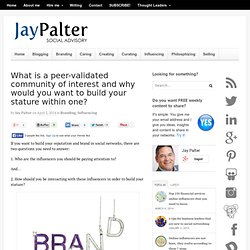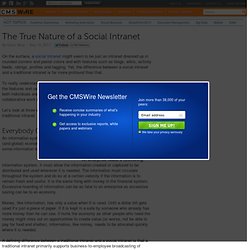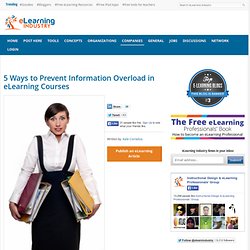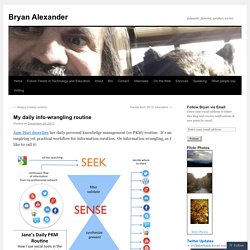

Agilitrix.com/wp-content/uploads/2013/12/Workers-are-Disengaged. 5 ways to boost your signal to noise ratio in social networks. Whether you’re new to social networks or already deeply engaged, you know it’s a constant struggle to filter out the noise and find the signal.

Learning how to boost your own signal to noise ratio is a key to standing out and adding value to your social networks. Signal and noise is an appropriate metaphor for understanding value in social networks for a few reasons. Signal suggests something meaningful that can be distinguished from other less meaningful communications. What you learned about social networking back in grade school.
What would you say if I told you that you learned everything you need to know about social networking in grade school?

On a recent visit to my kids’ school, I came across some signs that were posted in the library. To my eye, these signs screamed social networking strategy. Here are some of the more memorable ones: Do the right thing, even when no one is looking. When you start out in social networks, it sure can feel like no one is looking. Yet the way you attract followers and engagement is to act like people are paying attention. Do the right thing in social networking, even when no one is looking, and eventually the people you are looking for will find you. Wrong is wrong, even if everyone is doing it. This message is so important – in life and in social networking. In life, it’s about having a moral compass and knowing the difference between right and wrong regardless of what people are doing. In social, I think this message translates into having your own strategic vision and plan. What is a peer-validated community of interest and why would you want to build your stature within one?
If you want to build your reputation and brand in social networks, there are two questions you need to answer: 1.

Who are the influencers you should be paying attention to? The True Nature of a Social Intranet. On the surface, a social intranet might seem to be just an intranet dressed up in rounded corners and pastel colors and with features such as blogs, wikis, activity feeds, ratings, profiles and tagging.

Yet, the difference between a social intranet and a traditional intranet is far more profound than that. To really understand the true nature of a social intranet, one need to look beyond the features and user interface design and understand what role it has to play for both individuals and the enterprise in today’s increasingly knowledge-intense and collaborative work environments. Let’s look at three ways in which a social intranet is profoundly different from a traditional intranet. Everybody Can Make His or Her Voice Heard. Social learning is for human work. This past week I came across the theme of the changing nature of work several times.

As computers transcend many human capabilities and work is dehumanized, we must focus on the skills and abilities where humans excel beyond any imaginable machine capability. At the heart of those human capabilities are creativity and innovation. - Ross Dawson “Focus on the human factor,” says Gerd Leonhard, “If our work – and our output – is robotic we will soon be surpassed by intelligent software agents and machines.” 5 Ways to Prevent Information Overload in eLearning Courses. Image courtesy of Michal Marcol at FreeDigitalPhotos.net Thursday, 25 July 2013 22:07 Employees deal with large amounts of information every day.

They likely check email, social media, and RSS feeds daily, as well as take in everything happening on the job. It’s easy to burn out with so much to take in. Avoiding information overload is helpful in personal life and is also an important consideration in elearning courses. The challenge for building elearning courses is how to engage users and convey relevant information without going overboard and overwhelming the user. Take it one subject at a timeIt’s better to make several shorter courses on similar subjects than one extremely long elearning course.
Do you have any other tips for avoiding information overload when building elearning courses or examples of great courses? My daily info-wrangling routine. Jane Hart describes her daily personal knowledge management (or PKM) routine.

It’s an inspiring yet practical workflow for information curation. Or information wrangling, as I like to call it: I like this framework for various purposes, starting with how it describes a way of handling information overload. It’s also a good model for helping people transition from an analog (print, in-person) set of habits to one including the digital world. Inspired by this, I’d like to describe my own. Every day I work through a series of channels and sources (Hart’s “Seek” category), reflect on what I find (“Sense”), then share those reflections (“Share”). 1. I find stuff, or stuff finds me, throughout the waking day. Materials arrive by the following routes: RSS: I have several hundred feeds organized into 45 folders.